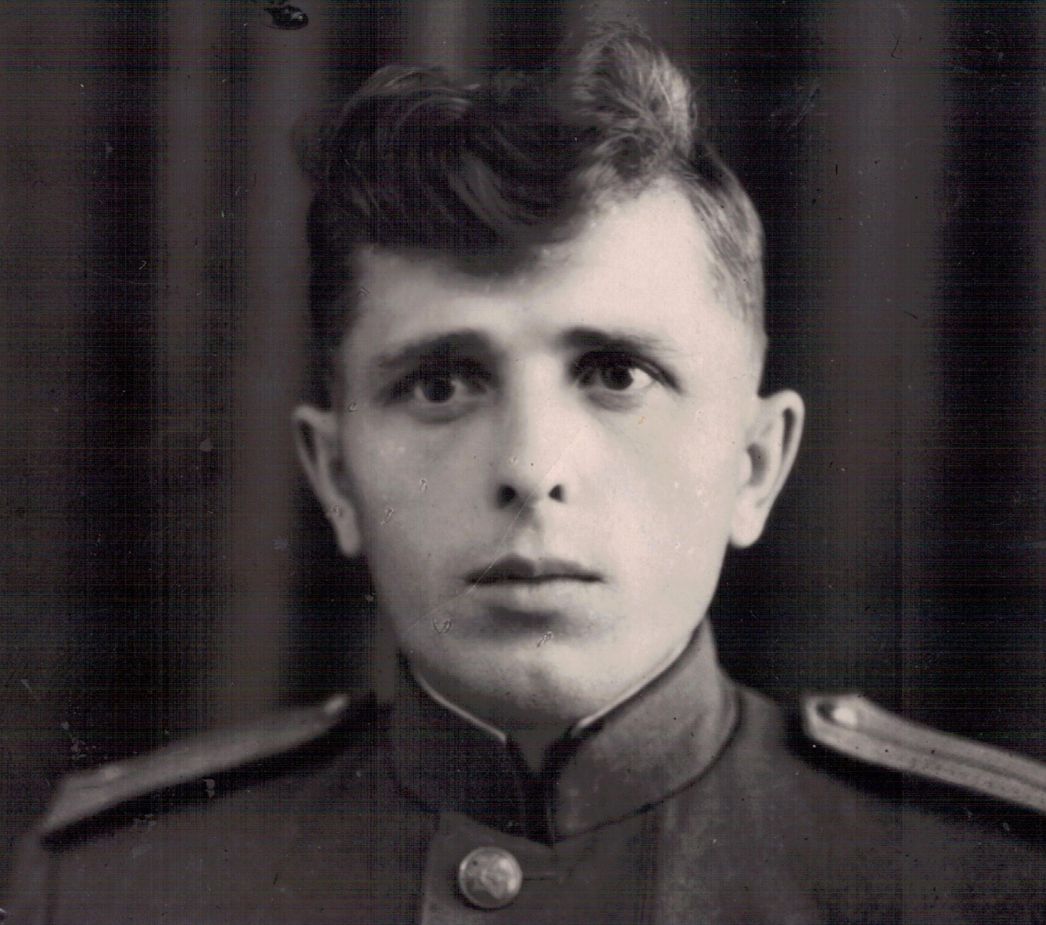Transcript
Narrator At first they tried to produce explosives. Pavel Lysenko, from Siberia, and his fellow inmate Zdzisław Lewandowski, from Poland, worked in a kind of laboratory. They were meant to be making toothpaste, soap and the like. But the lab offered other possibilities, some of which were dangerous. Pavel Lysenko gave the following account:
Pawel Lysenko “The difficulty was that the experiments had to be carried out in a damp cellar, without ventilation, and more or less right in the faces of the SS guards. There was the risk of a fiasco for even the smallest mistake.”
Narrator Both men were knowledgeable, which is why inmate functionaries had made sure to transfer them to the laboratory.
Pawel Lysenko had attended the Workers’ Faculty of Medicine in Tomsk, and then received military training at an artillery school. A few months after the invasion of the Soviet Union by the Wehrmacht, he – now a Lieutenant in the Red Army – was taken as a prisoner of war in Lubny, Ukraine. He escaped and went into hiding for some time, but his plan of making his way to the partisans failed. Again, he found himself in a prisoner-of-war camp. Early in 1943 the Germans deported him to the Reich, first to the Sennelager near Bielefeld, and shortly thereafter to the Buchenwald concentration camp. By that time, Lysenko had adopted a pseudonym: His inmate personnel card identified him as Alek Mironow.
At the beginning he was forced to work in the Gustloff factory. But when after some time he identified himself to his fellow inmates as an artillery officer, he was assigned elsewhere – after all, the camp resistance was looking for people with military knowledge. In the end he was transferred to the lab, and after some time he received orders from the leaders of the resistance to produce hand grenades.
The accident happened during a test of a delay charge, which was designed to delay the firing of an explosive charge.
Pawel Lysenko “A delay is basically a mix of cellulose nitrate and active carbon powder in a rifle cartridge. But we hadn’t calculated correctly. The rifle cartridge blew up in my hand. I suffered splinter injuries on my left thigh and left hand. Zdzisław was injured on his right hand by the cartridge splinters. This happened during lunch break. [...] Zdzisław received medical care in pathology while I was carried out of the canteen and into the hospital for prisoners of war by comrades.”
Narrator Lysenko had to be operated on; gangrene developed. Meanwhile, inmate doctors hid him from the SS doctors and saved his life. Two months later he was back in the lab. Soon the hand-made grenades were functional, and were hidden in the camp – for a possible uprising.
Pawel Lysenko did not experience liberation in Buchenwald. He was among those the SS forced to leave on a clearance transport shortly before liberation. On the way, he escaped along with others from the goods wagons. He marched eastward at night until he came upon the Red Army. Recruited on the spot, he participated as a soldier in the liberation of Prague on the 9th of May 1945.
Later he returned to his home city. He married, and when his son was born in 1947, he named him Alek.
Pawel Lysenko went back to university, studying at the medical institute in Perm, and until his retirement in 1979, he worked as a lecturer for pharmacology and chemistry at the medical technical school in Syzran on the Volga.


